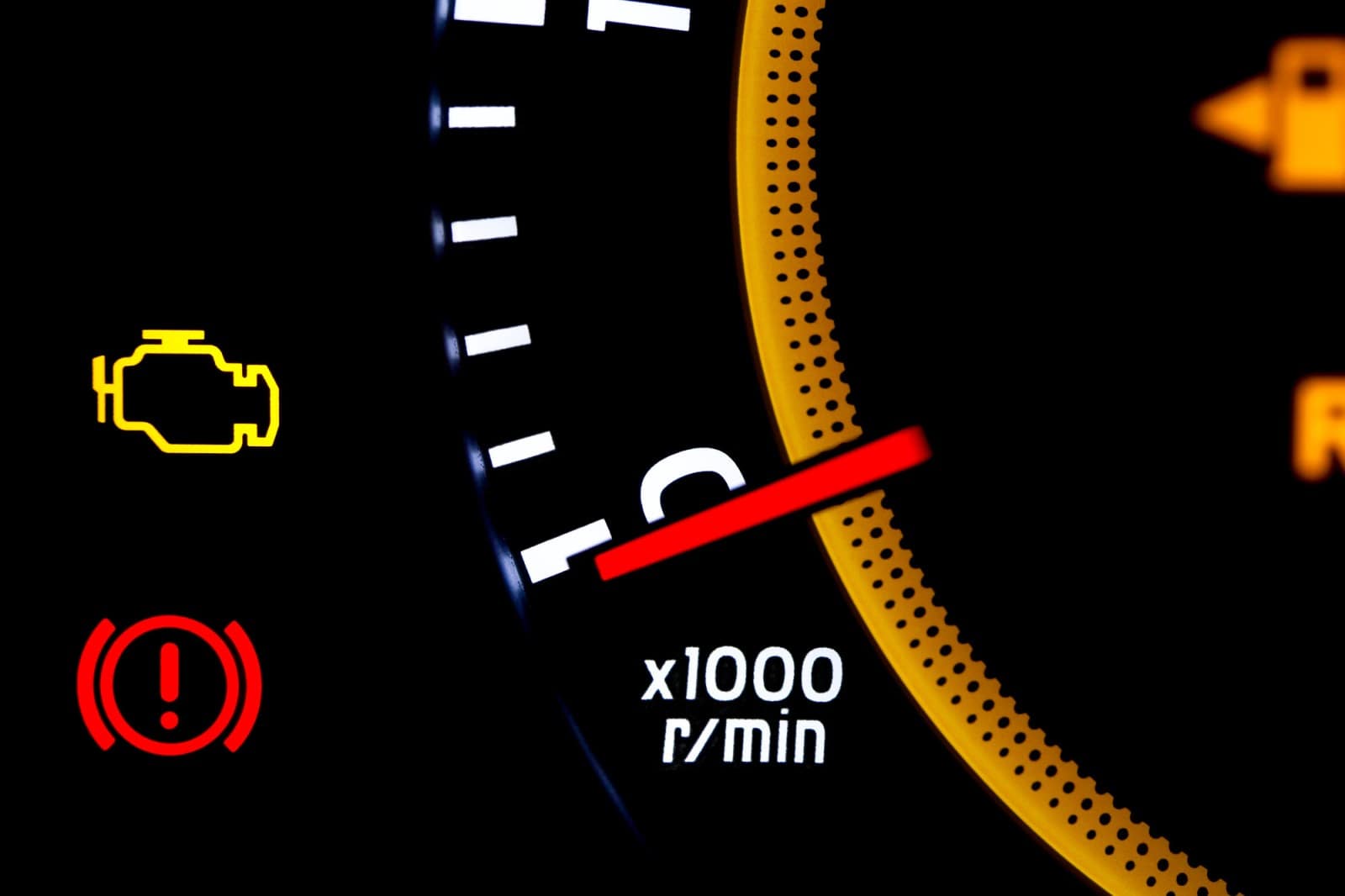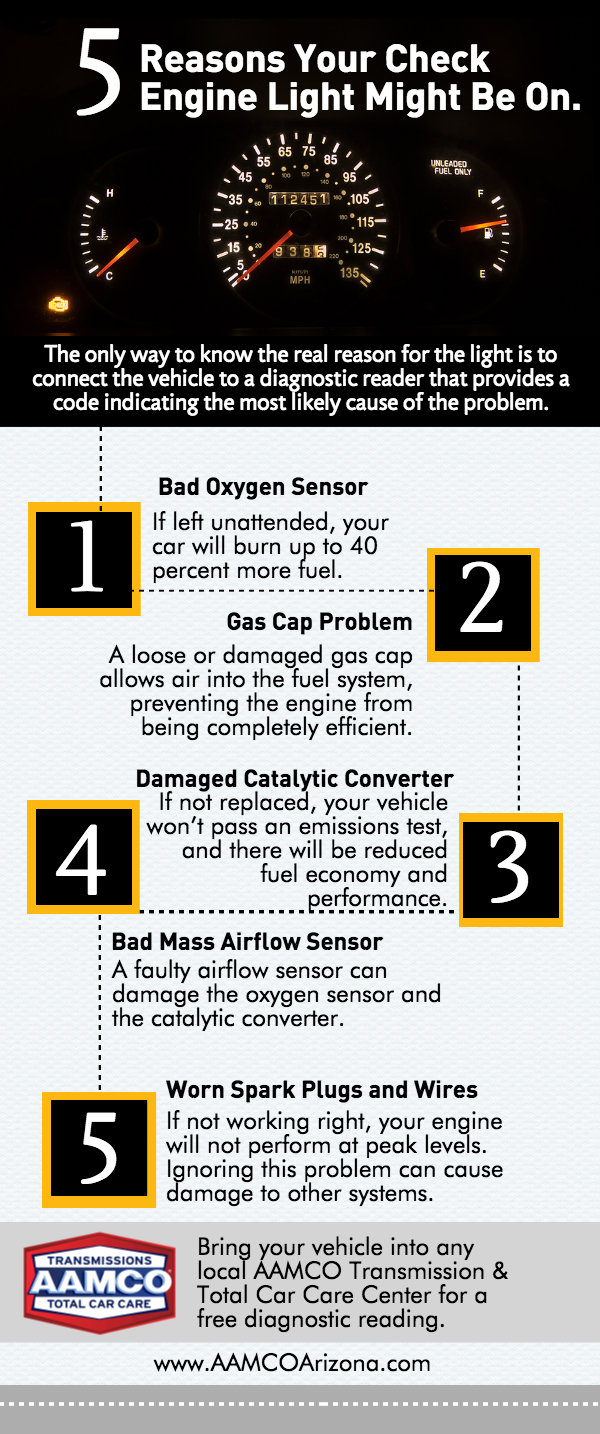What to Do When Your Check Engine Light Comes On

The check engine light is a crucial component of a vehicle's diagnostic system. It serves as an early warning system for any potential issues or malfunctions within the vehicle's systems. When the check engine light comes on, it indicates that the vehicle's onboard computer has detected a problem and has stored a diagnostic trouble code (DTC).
Many vehicles have different warning symbols and indicators, but the check engine light is one of the most important ones to pay attention to. It can appear as either a simple icon or a phrase such as "check engine" or "service engine soon." Regardless of the specific symbol or wording, it is important not to ignore it.
Promptly attending to the check engine light can save you time, money, and potential damage to your vehicle.
There are several common misconceptions about the check engine light. Some drivers believe that if their vehicle seems to be running fine, there is no cause for concern. However, it is important to remember that issues can be present even if they are not immediately noticeable.
Additionally, some people may believe that if the check engine light goes off on its own, there is no need to address the issue. However, this is not the case. The light may turn off temporarily if the problem resolves itself, but it can still reappear if the underlying issue persists.
To ensure the safety and performance of your vehicle, it is essential to understand why the check engine light might come on and how to diagnose and address the issue.
Razones Posibles para que se Encienda el Check Engine Light
There are numerous reasons why the check engine light may come on. Understanding these reasons can help you identify and address the issue promptly. Some common reasons include:
- Malfunctioning oxygen sensor
- Failing catalytic converter
- Issues with the ignition system
- Loose or faulty gas cap
- Problems with the emission control system
- Malfunctioning mass airflow sensor
- Issues with the fuel injection system
It is important to note that ignoring the check engine light can lead to more severe problems and potentially higher repair costs in the long run.
Cómo Diagnosticar el Check Engine Light
Diagnosing the check engine light can seem daunting, but it is essential for addressing potential issues and avoiding further damage to your vehicle. The following steps can help guide you through the diagnostic process:
- Check for any visible signs of damage or issues, such as a loose gas cap or disconnected sensors.
- Use an OBD-II scanner to retrieve the diagnostic trouble codes (DTCs) stored in your vehicle's computer.
- Consult a reliable source, such as a repair manual or an online database, to interpret the DTCs and understand their meanings.
- Based on the DTCs, conduct further inspections or tests to identify the underlying problem.
Using an OBD-II scanner is an integral part of diagnosing the check engine light, allowing you to retrieve valuable information about your vehicle's systems and components.

Troubleshooting y Soluciones para Hacer por Ti Mismo
When the check engine light comes on, it is essential to assess whether it is safe and possible to troubleshoot and address the issue yourself or if professional help is necessary. Basic troubleshooting steps you can take include:
- Check if the gas cap is tight and properly sealed.
- Inspect for any disconnected or damaged sensors.
- Replace known faulty components, such as an oxygen sensor.
It is crucial to prioritize your safety when attempting any DIY repairs and to be aware of the potential risks and limitations.
Troubleshooting Avanzado y Soluciones
In some cases, the check engine light may indicate more complex issues that require advanced troubleshooting techniques. Advanced troubleshooting may involve:
- Performing in-depth diagnostic procedures for specific DTCs.
- Using specialized tools and equipment, such as a multimeter or oscilloscope, to assess the functionality of various components.
- Seeking professional help from qualified mechanics or technicians with expertise in diagnosing and repairing complex engine issues.
Advanced troubleshooting may be necessary for identifying and resolving challenging check engine light problems.
Getting Your Vehicle Repaired
When it comes to getting your vehicle repaired, it is important to consider different options and ensure that you choose a reputable and qualified mechanic or repair shop. Some key factors to consider include:
- Asking for recommendations from friends, family, or trusted sources.
- Checking reviews and feedback from previous customers.
- Verifying the certifications and qualifications of the mechanic or repair shop.
- Obtaining a detailed estimate of the repair costs and understanding the warranty policies.
Choosing the right repair professional can greatly impact the quality of the repair and the longevity of your vehicle.
Preventive Maintenance to Avoid Check Engine Light Issues
Preventive maintenance is key to minimizing the chances of encountering check engine light problems. By following a few simple maintenance tasks and guidelines, you can significantly reduce the risk of unexpected issues. Some preventive maintenance tips include:
- Adhering to the manufacturer's recommended maintenance schedule.
- Regularly checking and changing the engine oil and filter.
- Inspecting and replacing the air filter when necessary.
- Monitoring and maintaining the proper tire pressure.
Regular preventive maintenance can help keep your vehicle in optimal condition and reduce the likelihood of check engine light problems.
Additional Tips and Advice
It is important to stay informed about best practices for maintaining your vehicle and preventing check engine light issues. Some additional tips and advice include:
- Ignoring regular vehicle inspections and tune-ups can lead to missed opportunities for identifying and addressing potential issues.
- Addressing underlying issues promptly can prevent further damage to your vehicle and potentially save you money.
- Resources such as online forums, automotive websites, and educational videos can provide valuable insights and updates in automotive technology.
In conclusion, paying attention to the check engine light and addressing any underlying issues promptly is crucial for the safety, performance, and longevity of your vehicle. Whether you choose to troubleshoot and repair the issue yourself or seek professional help, it is essential to take the necessary steps to diagnose and resolve check engine light problems.
Remember, your vehicle's check engine light is a valuable tool that should never be ignored. Take action, stay informed, and prioritize the health of your vehicle.

If you want to know other articles similar to What to Do When Your Check Engine Light Comes On you can visit the category Uncategorized.
